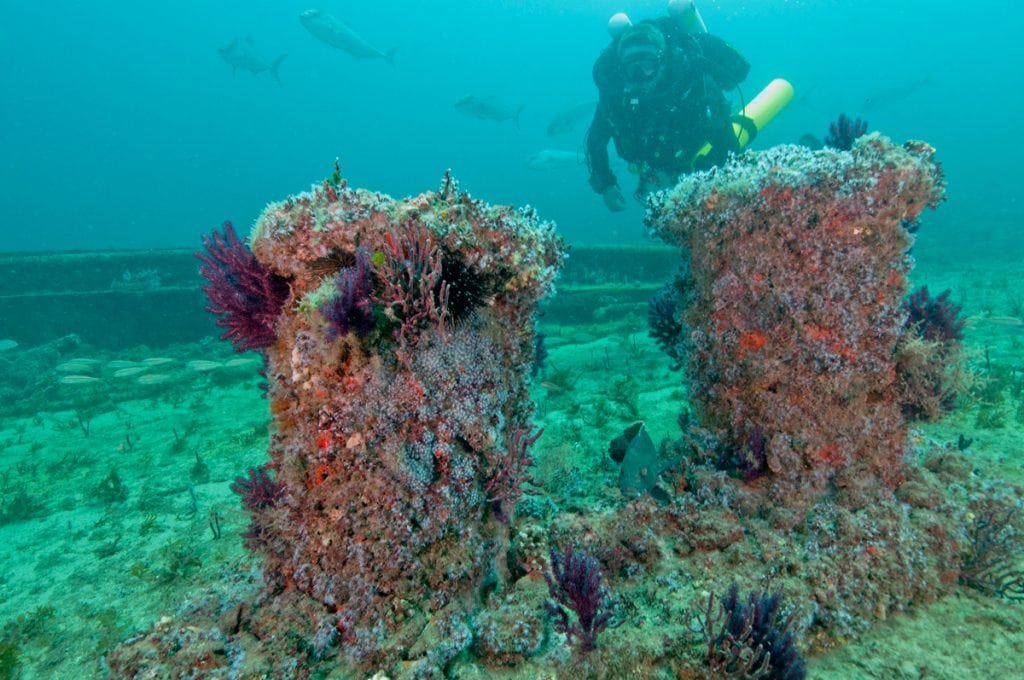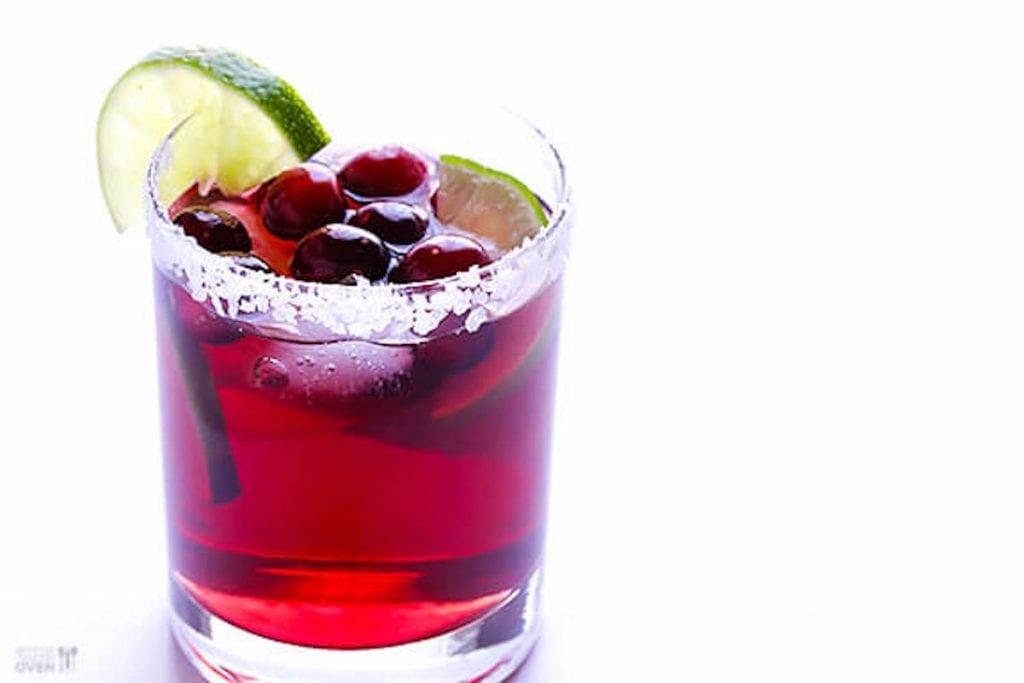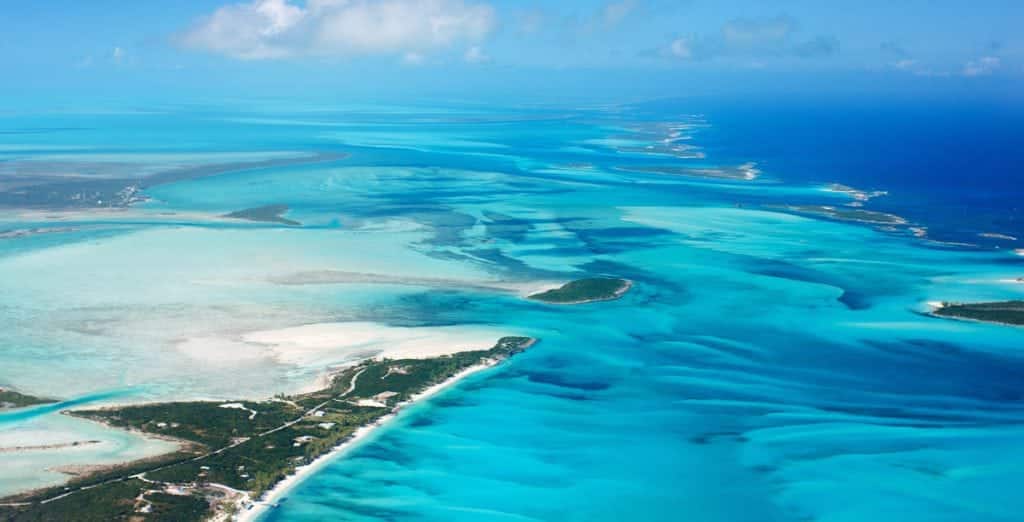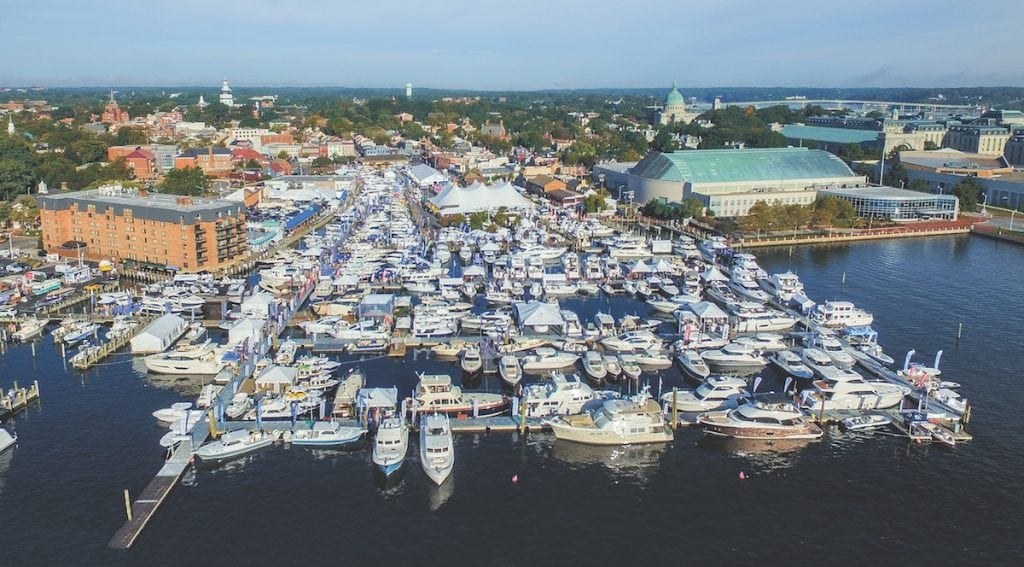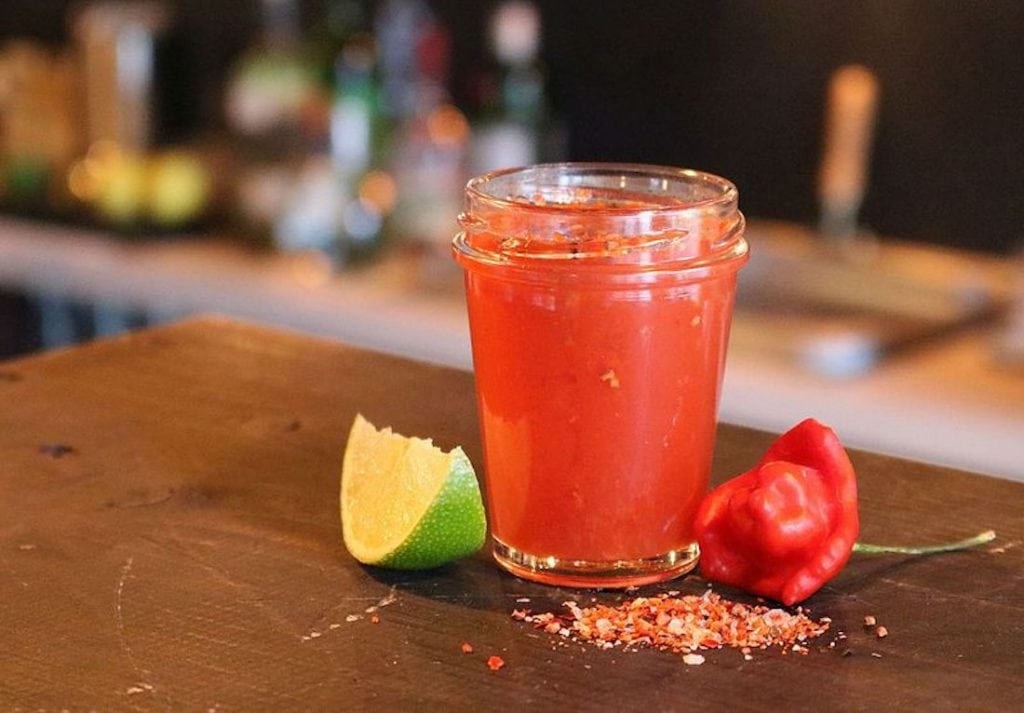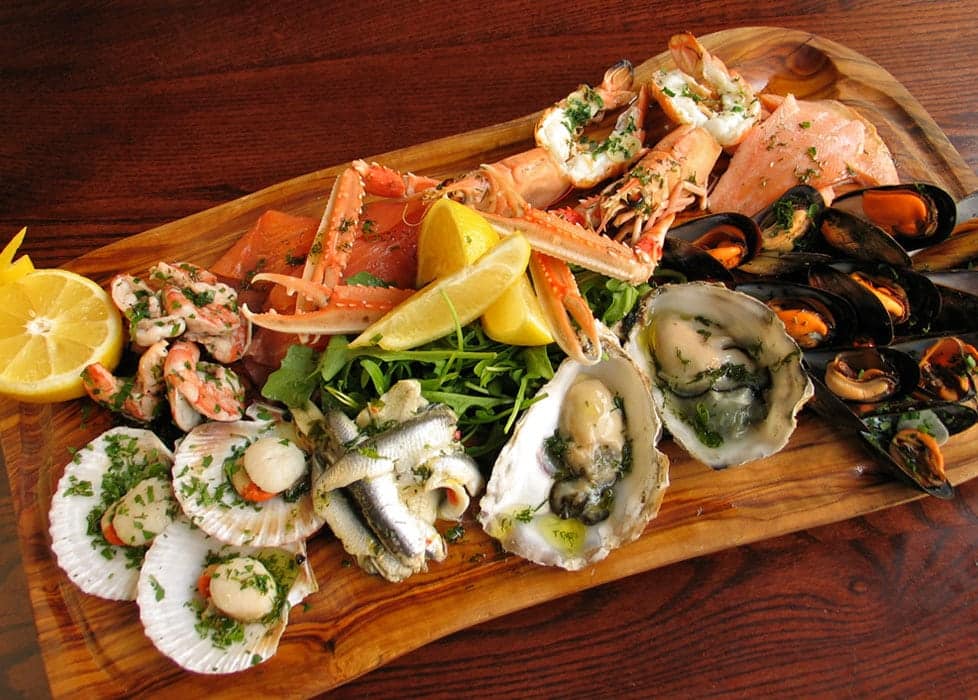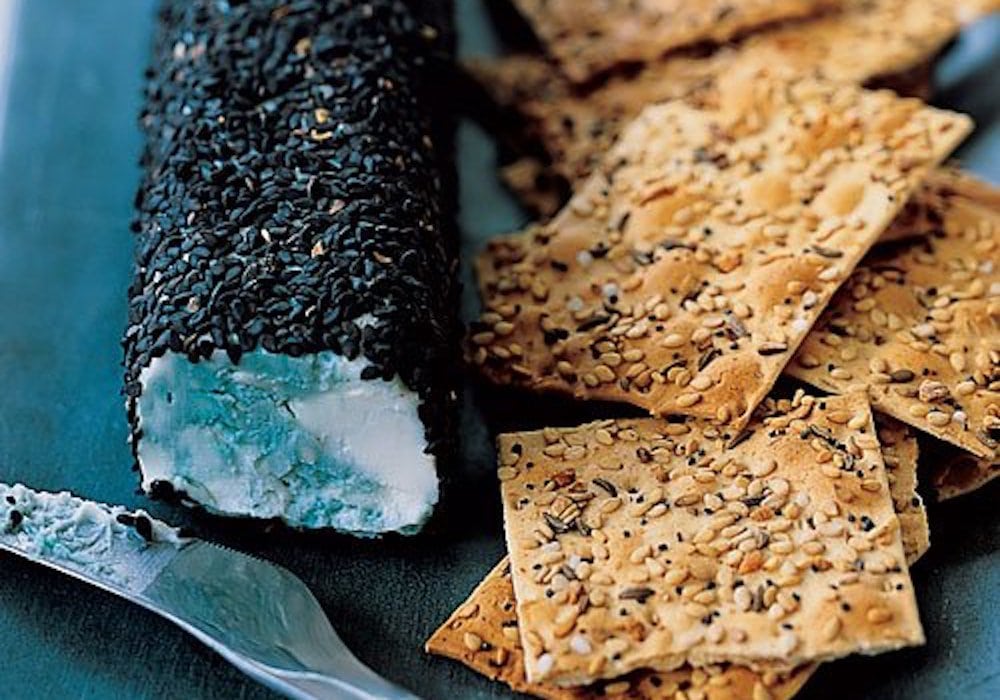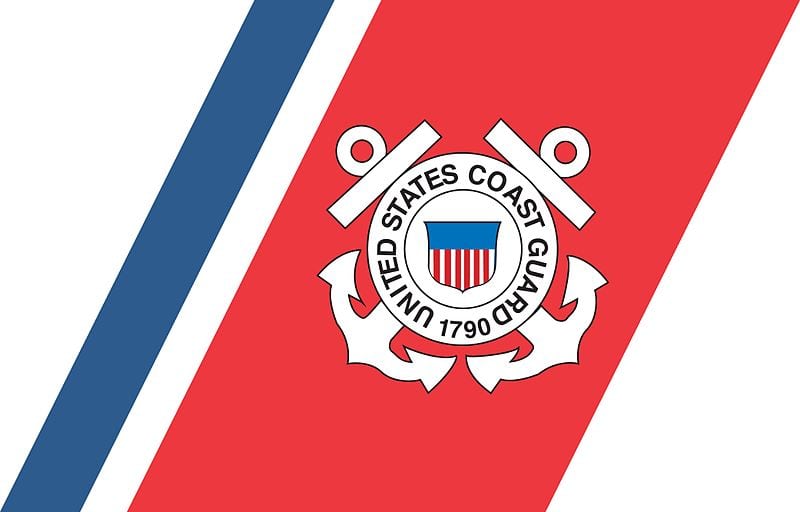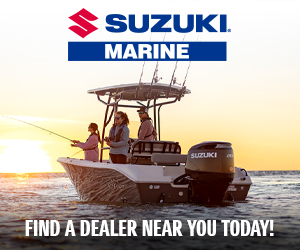Lifestyle
The tagline says it all: Southern Boating is more than a location; it’s a way of life! Boating is a lifestyle, and we’re here to show you how it’s done, the Southern Boating way. That means we care about the water that surrounds us, the people who support us, and the culture that fulfills us.
Offshore World Championships
HOOK UP IN ST. LUCIA More than $100,000 in prizes, plus entry into the world-famous Offshore World Championships in Costa Rica,...
Read moreDetailsRegattas Go On
Major Caribbean regattas go on for 2018, despite hurricanes Rain doesn’t stop the Carnival and neither will the devastating 1-2...
Read moreDetailsArtificial Reef: Nature’s Best Friend?
Time will tell whether artificial reefs can replace some of the millions of acres of reefs that have already been lost....
Read moreDetailsInternational SeaKeepers Society: Founders 2017
Join Southern Boating for a dynamic evening during the Fort Lauderdale International Boat Show recognizing the work of the International...
Read moreDetailsBonus Recipe: Cranberry Margarita
Spice it up with a Tex-Mex Thanksgiving and a Cranberry Margarita! This month’s Tex-Mex Fiesta was inspired by my niece...
Read moreDetailsRock Shrimp Festival in St. Marys
45th Annual Rock Shrimp Festival The St. Marys River at the Georgia-Florida border has been the hub of the U.S. East...
Read moreDetailsFall Events in The Bahamas
Fall events in The Bahamas: THE WEST END INTERNATIONAL BOAT RACE October 6-8 Organizers expect to bring high-speed hydroplanes from around...
Read moreDetailsSaltwater Sisters Fishing Tournament
As one of the oldest sportfishing clubs in the country, the Stuart Sailfish Club—founded in 1941—has worked hard to encourage and support sustainable...
Read moreDetailsAnnapolis Boat Shows
The 47th United States Powerboat Show is set to be the largest of the Annapolis Boat Shows. In 2017, there...
Read moreDetailsWind Power
Harvesting the Wind: Offshore wind power farms come to America. Man has been utilizing wind power for thousands of years. Sailboats date...
Read moreDetailsThrow a Ghoulishly Good Party
Eeek out this ghostly menu and invite your favorite goblins for Halloween festivities on board. The scariest drink of all is...
Read moreDetailsSea Monsters with Hellish Cocktail Sauce
Happy Halloween! What's scarier than sea monsters when your dining aboard? Not much! Ingredients: 1 cup ketchup 1/4 cup grated horseradish...
Read moreDetailsVampire Blood Chili
Eeek out this ghostly menu and invite your favorite goblins for Halloween festivities on board. This spooky vampire blood chili is...
Read moreDetailsBlack & Blue Petrified Cheese Log
Eeek out this ghostly menu and invite your favorite goblins for Halloween festivities on board. This Halloween cheese log is...
Read moreDetailsFallen Heroes Fund
As mentioned in the October 2017 issue of Southern Boating. This video provides more information on the Fallen Heroes Fund and...
Read moreDetails



